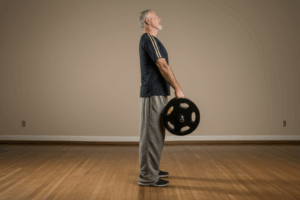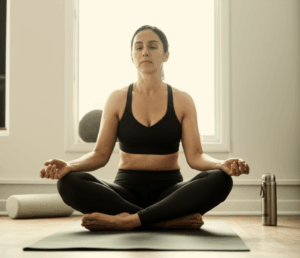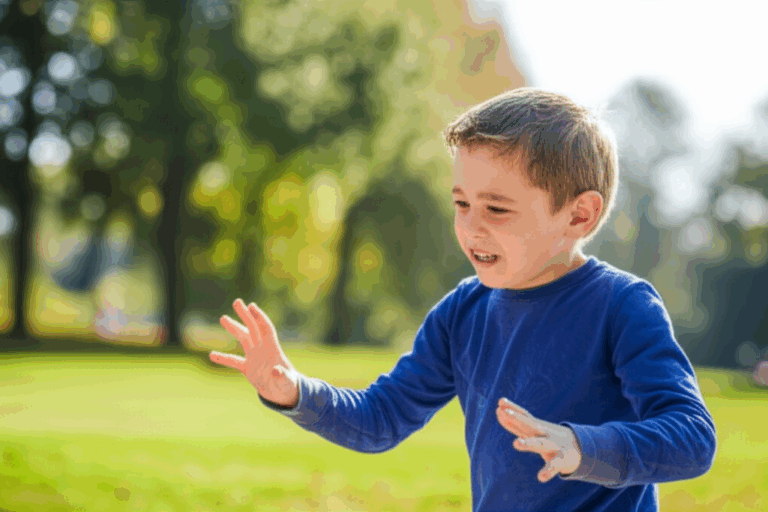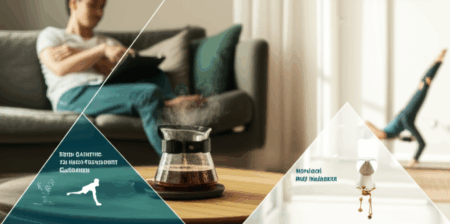The preadolescent years, typically spanning ages 9 to 12, are a period of profound transformation. Children in this age group navigate significant physical, emotional, and social changes as they approach puberty and increased independence. Ensuring their holistic wellbeing—encompassing physical health, fitness, and mental health—is crucial for their current happiness and future resilience. This period is a critical window for developing healthy habits and coping mechanisms that will serve them throughout adolescence and adulthood.
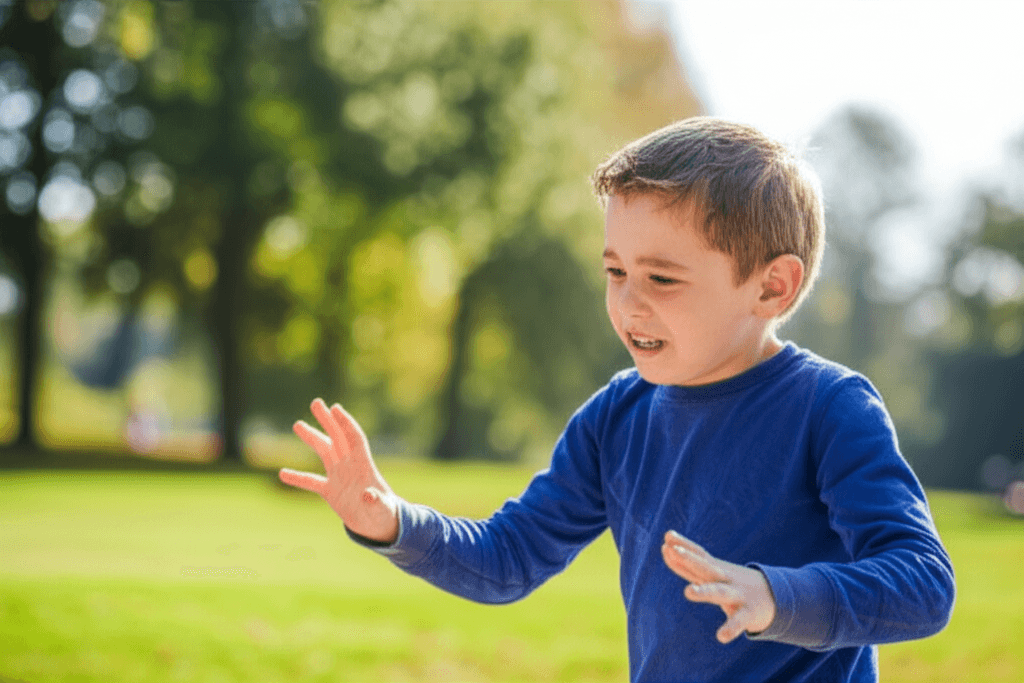
The Developing Preadolescent Body: More Than Just Growth Spurts
Preadolescence is characterized by rapid physical changes, including growth spurts and the initial signs of puberty. These developments can sometimes lead to self-consciousness and body image concerns. Girls, for instance, may experience weight gain as their bodies begin to round out, while both boys and girls might worry about their height or weight.
Promoting Positive Body Image and Healthy Eating Habits
A positive body image is fundamental to a preadolescent’s self-esteem and overall mental health. Parents and caregivers play a vital role in fostering this by focusing on a child’s positive qualities, strengths, abilities, and achievements rather than emphasizing physical appearance. Open communication and creating a safe space for children to express their feelings about their bodies are essential.
Proper nutrition is also paramount for healthy growth and development during these years. Preadolescents require a variety of nutrient-dense foods, including proteins, carbohydrates, healthy fats, and a wide array of vitamins and minerals like calcium, phosphorus, magnesium, potassium, zinc, and dietary fiber. Emphasis should be placed on fruits, vegetables, whole grains, lean proteins, and low-fat dairy, while limiting added sugars, saturated fats, trans fats, and sodium. Encouraging children to participate in meal preparation and enjoy family meals can also promote healthy eating behaviors.
Signs of potential body image issues to watch for include obsessing over body parts, excessive mirror time, frequent weighing, extreme exercising, wearing oversized clothes, withdrawing from activities due to self-consciousness, and constant self-criticism. In severe cases, poor body image can contribute to eating disorders and depression.
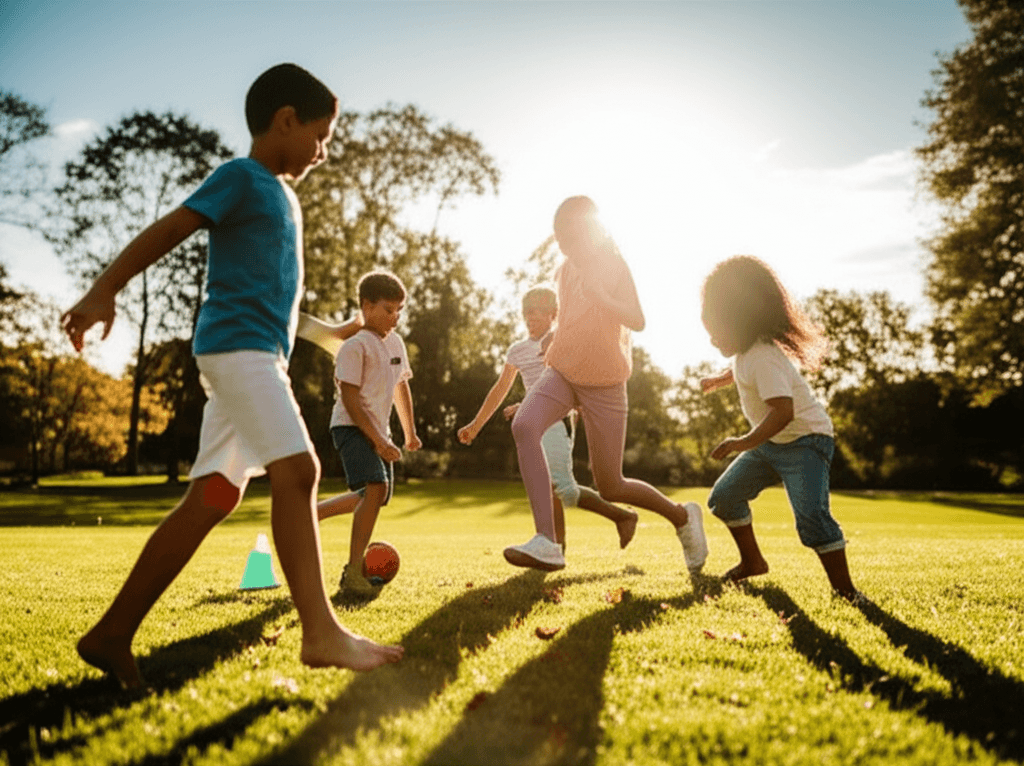
The Crucial Role of Fitness and Physical Activity
Physical activity is not just beneficial for physical health; it is intrinsically linked to mental and emotional wellbeing in preadolescents. The U.S. Department of Health and Human Services recommends that school-aged youth, including preadolescents, engage in 60 minutes or more of moderate-to-vigorous physical activity daily, incorporating vigorous-intensity activities and muscle- and bone-strengthening activities at least three days a week.
Benefits of Regular Physical Activity
- Improved Physical Health: Regular exercise enhances heart and lung health, strengthens the immune system, builds strong muscles and bones, helps maintain a healthy weight, and reduces the risk of conditions like high blood pressure and type-2 diabetes.
- Enhanced Mental Health: Physical activity can significantly boost mental health by improving mood, increasing self-confidence, reducing stress, anxiety, and the risk of depression, and improving sleep quality. Exercise triggers the release of “feel-good” brain chemicals like dopamine and endorphins, which can regulate mood.
- Cognitive Benefits: Physically active preadolescents often show improved concentration, memory, and overall cognitive function, which can positively impact academic performance.
- Social Development: Participation in sports and group activities provides opportunities for preadolescents to meet new people, make friends, and develop crucial social skills and confidence.
Combating Sedentary Lifestyles
Many preadolescents do not meet the recommended levels of physical activity. Increased screen time and sedentary behaviors are contributing factors, which can lead to poorer cardiometabolic health, reduced fitness, and even affect behavioral conduct and sleep duration. Encouraging outdoor play, enrolling children in team sports or physical hobbies, and planning active family outings are effective strategies to promote regular movement.

Nurturing Preadolescent Mental Health
Preadolescence is a crucial and vulnerable period for mental health development. Children in this age group can experience significant emotional changes due to fluctuating hormones and external pressures from academics, peers, and social media. Globally, one in seven 10-19-year-olds experiences a mental disorder, with depression, anxiety, and behavioral disorders being common. Studies have shown that low body esteem in preadolescents can contribute to anxiety, depression, and disordered eating.
Common Mental Health Challenges and Signs to Watch For
Preadolescents may face challenges such as depression, characterized by persistent sadness and loss of interest in activities, and anxiety disorders, involving persistent fears and worries. Other challenges include social pressure, bullying, peer pressure, and difficulties navigating physical changes related to puberty.
Parents and caregivers should be aware of the signs that a preadolescent might be struggling with their mental health:
- Emotional and Behavioral Changes: Persistent sadness, excessive worry, sudden fears, withdrawal, irritability, aggression, frequent crying, or loss of interest in favorite activities.
- Physical Complaints: Headaches, stomachaches, or chronic fatigue without a clear medical cause.
- Sleep and Eating Changes: Disruptions in sleep, recurring nightmares, skipping meals, or sudden overeating.
- Academic Struggles: Falling grades, difficulty focusing, or disinterest in school.
- Social Withdrawal: Avoiding friends, skipping group activities, or difficulty forming healthy relationships.
- Risky Behaviors: Engaging in destructive or risky behavior, talking about self-harm, or expressing suicidal thoughts.
Strategies for Promoting Positive Mental Health
- Strong, Supportive Relationships: A loving and supportive relationship with parents and caregivers has a direct and positive influence on a child’s mental health. Showing interest in their lives, praising efforts, valuing ideas, and spending quality time together are all vital.
- Open Communication: Encourage preadolescents to talk about their feelings and help them develop emotional awareness by naming emotions and finding solutions to problems. Active listening and asking open-ended questions are key.
- Healthy Lifestyle Habits: Physical activity, healthy eating, and adequate sleep are crucial for emotional and physical health. Preadolescents need 9-11 hours of sleep each night.
- Balance Screen Time: Excessive screen time can negatively impact mental health by reducing time for physical activity and disrupting sleep. Balanced screen use with other developmental activities is recommended. Social media, in particular, can be risky for body image due to appearance comparisons.
- Building Resilience: Help preadolescents develop a strong sense of self, teach them communication skills, and support them in managing emotions and navigating friendships.
- Professional Help: If concerns about a child’s mental health arise, reaching out to family members, friends, teachers, a GP, or a mental health professional is important. Cognitive-behavioral therapy (CBT) and other interventions can help challenge negative thought patterns and build healthier coping mechanisms.
By adopting a comprehensive approach that prioritizes physical development, encourages regular fitness, and actively nurtures emotional and psychological well-being, we can empower preadolescents to thrive during this transformative stage of life.

